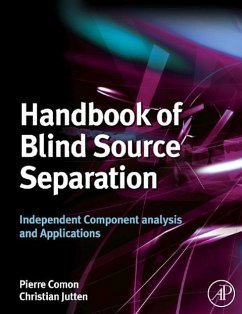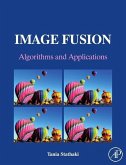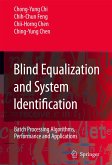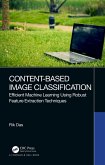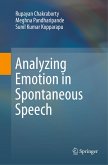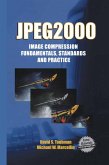A key task of engineers is to design and analyse systems; however, they often have to do this without knowing a systems parameters. BSS is a very important area in signal processing as it enables engineers to derive the unknown inputs of a system from its known outputs. It also enables the separation of a set of signals from mixed set of signals. This is particularly important in telecommunications and biomedical engineering but is also key in speech, acoustic, audio and music processing and scientific data analysis. It is, therefore, a method that has wide applicability and is a very useful tool for many types of engineers and scientists in different fields. This Handbook is an ideal reference for university researchers, R&D engineers and graduates wishing to learn the core principles, methods, algorithms, and applications of Blind Source Separation.
Edited by the people who were forerunners in creating the field, together with contributions from 34 leading international experts, this handbook provides the definitive reference on Blind Source Separation, giving a broad and comprehensive description of all the core principles and methods, numerical algorithms and major applications in the fields of telecommunications, biomedical engineering and audio, acoustic and speech processing. Going beyond a machine learning perspective, the book reflects recent results in signal processing and numerical analysis, and includes topics such as optimization criteria, mathematical tools, the design of numerical algorithms, convolutive mixtures, and time frequency approaches. This Handbook is an ideal reference for university researchers, R&D engineers and graduates wishing to learn the core principles, methods, algorithms, and applications of Blind Source Separation.
Covers the principles and major techniques and methods in one book Edited by the pioneers in the field with contributions from 34 of the world's experts Describes the main existing numerical algorithms and gives practical advice on their design Covers the latest cutting edge topics: second order methods; algebraic identification of under-determined mixtures, time-frequency methods, Bayesian approaches, blind identification under non negativity approaches, semi-blind methods for communications Shows the applications of the methods to key application areas such as telecommunications, biomedical engineering, speech, acoustic, audio and music processing, while also giving a general method for developing applications
Edited by the people who were forerunners in creating the field, together with contributions from 34 leading international experts, this handbook provides the definitive reference on Blind Source Separation, giving a broad and comprehensive description of all the core principles and methods, numerical algorithms and major applications in the fields of telecommunications, biomedical engineering and audio, acoustic and speech processing. Going beyond a machine learning perspective, the book reflects recent results in signal processing and numerical analysis, and includes topics such as optimization criteria, mathematical tools, the design of numerical algorithms, convolutive mixtures, and time frequency approaches. This Handbook is an ideal reference for university researchers, R&D engineers and graduates wishing to learn the core principles, methods, algorithms, and applications of Blind Source Separation.
Covers the principles and major techniques and methods in one book Edited by the pioneers in the field with contributions from 34 of the world's experts Describes the main existing numerical algorithms and gives practical advice on their design Covers the latest cutting edge topics: second order methods; algebraic identification of under-determined mixtures, time-frequency methods, Bayesian approaches, blind identification under non negativity approaches, semi-blind methods for communications Shows the applications of the methods to key application areas such as telecommunications, biomedical engineering, speech, acoustic, audio and music processing, while also giving a general method for developing applications

